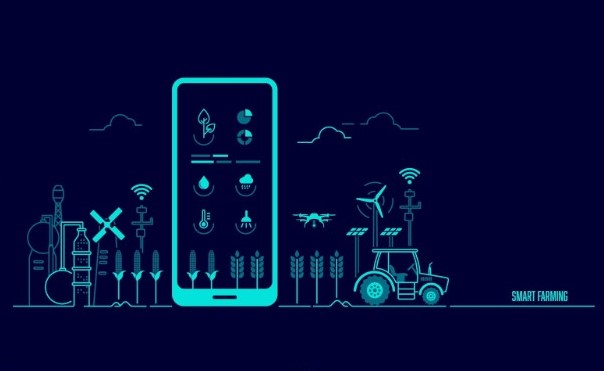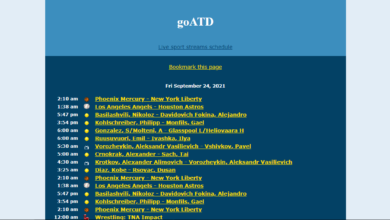How IT Vertical Can Benefit Using Agricultural API

Agriculture is getting smarter every day. Technology allows for cutting costs, increasing yields, and improving the way food gets to market. The key element of smart agriculture is data. Farmers today have more tools to gather information than ever before. The data on the composition of the soil informs about the need to apply fertilizer. Moisture sensors and precise irrigation controllers optimize irrigation by reducing water use. Drones spray pesticides as accurately as possible. Autonomous combines cross the fields under the supervision of location sensors. Satellite imagery enables remote control over huge farmlands. Almost every agricultural process can be tracked by sensors to generate data that can further optimize activities and provide clear recommendations.
It is true that collecting data helps farmers make better decisions. And with the continuous improvement of mobile devices (mobile phones, smartphones, tablets, etc.), software applications are now able to help users solve various problems, including in farming. Today, a cell phone can be not only a means of communication and entertainment, but also an effective assistant to an agronomist, engineer, livestock specialist, or farm manager. In its simplest form, a smartphone can become a reference book that is always at hand. The range of tasks solved with the help of mobile devices is diverse thanks to the data provided, including information on sail composition, field boundaries, yield and crop cultivation efficiency, machine settings, their location, navigation during work, and other.
However, developing a modern agricultural software is difficult due to the vast amount of data and features that are essential for the modern farmer. That is why developing an effective agricultural software can be quite time consuming and expensive. Luckily, IT companies that strive to create such tool can consider using agricultural API to get around those issues.
Agricultural API for IT Sector
The main benefit of an agricultural API is that it leverages agriculture-specific data sets, adding value to a particular agri software allowing for maximizing profit, efficiency, and reducing waste through using specific, reliable information. One example of an agricultural API is EOS Crop Monitoring API.

This API is developed by EOS Data Analytics company — a global provider of AI-powered satellite imagery analytics. Although EOSDA caters to 22 industries, its main digital solution for agriculture is EOS Crop Monitoring, a field monitoring platform that collects and analyzes all the important data about the crops state and more in one place.
IT developers can rip the benefits of this tool through API integration. Among the features Crop Monitoring API offers are: field satellite imagery search and analytics, soil moisture data access, crop maps creation, field zoning for variable-rate application, access to historical, current, and future weather data, elevation data, and more. These features are critical for a full-scale agricultural software, since users need to be able to easily access as many features and information within one platform as possible, without having to switch apps. That is why, API is a great way for agri software developers to integrate all the necessary data to their solution in the easiest and most efficient way.
Ultimately, agriculture has gone through several revolutions in the past, each of which has taken efficiency, productivity, and profitability to levels that have never been achieved before. Market forecasts for the next decade claim that the digital revolution in agriculture will create a shift that will allow the agricultural sector to meet the future needs of the world’s population.
Digitalization will change all links of the agri-food chain. Resource management of any element of the system can be built on the principles of optimization, individual approach, reasonability, and predictability. Real-time system operation will be enabled by data-driven hyper-connectivity. Value chains can be fully traceable and coordinated, and optimal management models for agricultural land, crops, and animals can be created. Digital agriculture will create systems that will be characterized by high productivity, predictability, and the ability to adapt to changes, including those provoked by the changing climate. This, in turn, can help improve food security, profitability and sustainability. And all of that will require more and more advanced agri software, which can be created with the help of API to ensure it covers all the users needs while not requiring major time and money resources for development.
For more valuable information visit this website





